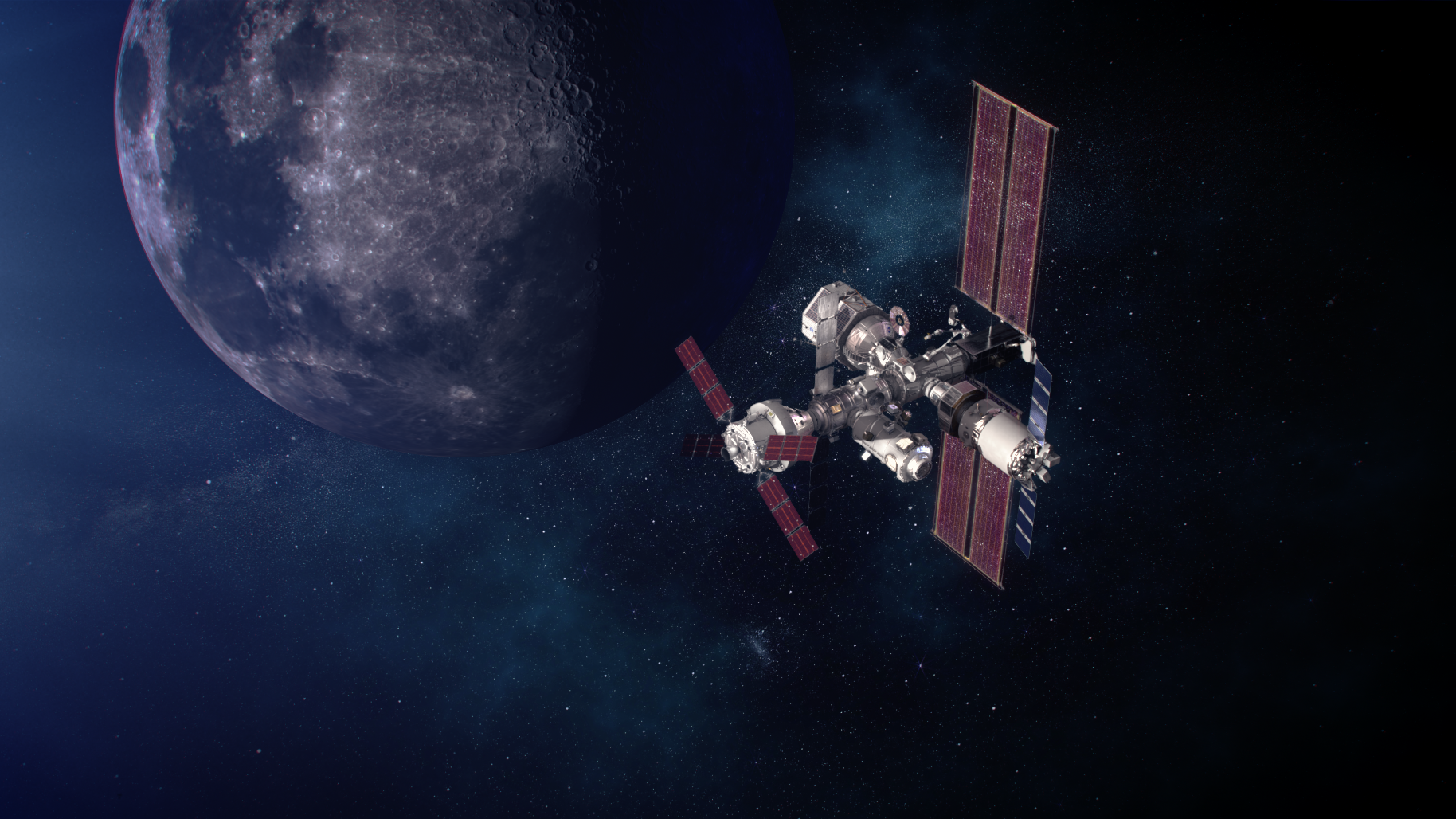The renewed interest in lunar exploration has led to numerous studies, building capabilities towards a sustainable exploration architecture. Past studies are available on mission design for a lunar exploration architecture, however, only using NASA's strategy and resources, including a launch site latitude which matches the lunar inclination, and the Gateway, located on a Near Rectilinear Halo Orbit (NRHO). A fully European lunar exploration architecture would require a launch from Kourou. ESA studies such as Argonaut and CLTV have investigated sending cargo to the Moon and NRHO from Kourou, however both are uncrewed vehicles, thus do not account for the human constraint. The proposed research aims at developing a mission analysis tool centred around human spaceflight mission design, considering all safety constraints, and associated operational complexity, from Kourou to the Gateway, the Lunar Surface and beyond. The proposed developments will be integrated within the existing ESA tools and allow to fill the existing gap with respect to human spaceflight supporting future HRE and STS studies. When dealing with human spaceflight, the human constraint is of primary importance. Certain transfers such as invariant manifolds or weak stability boundary are too slow, and not suitable to cope with contingencies. Manoeuvre performance and orbit determination must be precise and particularly robust. The research will investigate passively safe trajectories, beyond the Apollo-like free-return ones, and ensure astronaut safety at every step of the trajectory design. Methods for trajectory optimisation will be studied, starting from restricted models, towards full ephemeris, employing global and stochastic optimisation methods, paving the way for novel trajectory design. Precise orbit determination for human spaceflight will be explored to complement ground-based observation, in synergy with ESA’s Moonlight, and exploiting innovative concept such as using GNSS beyond Earth.

